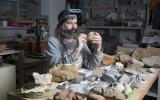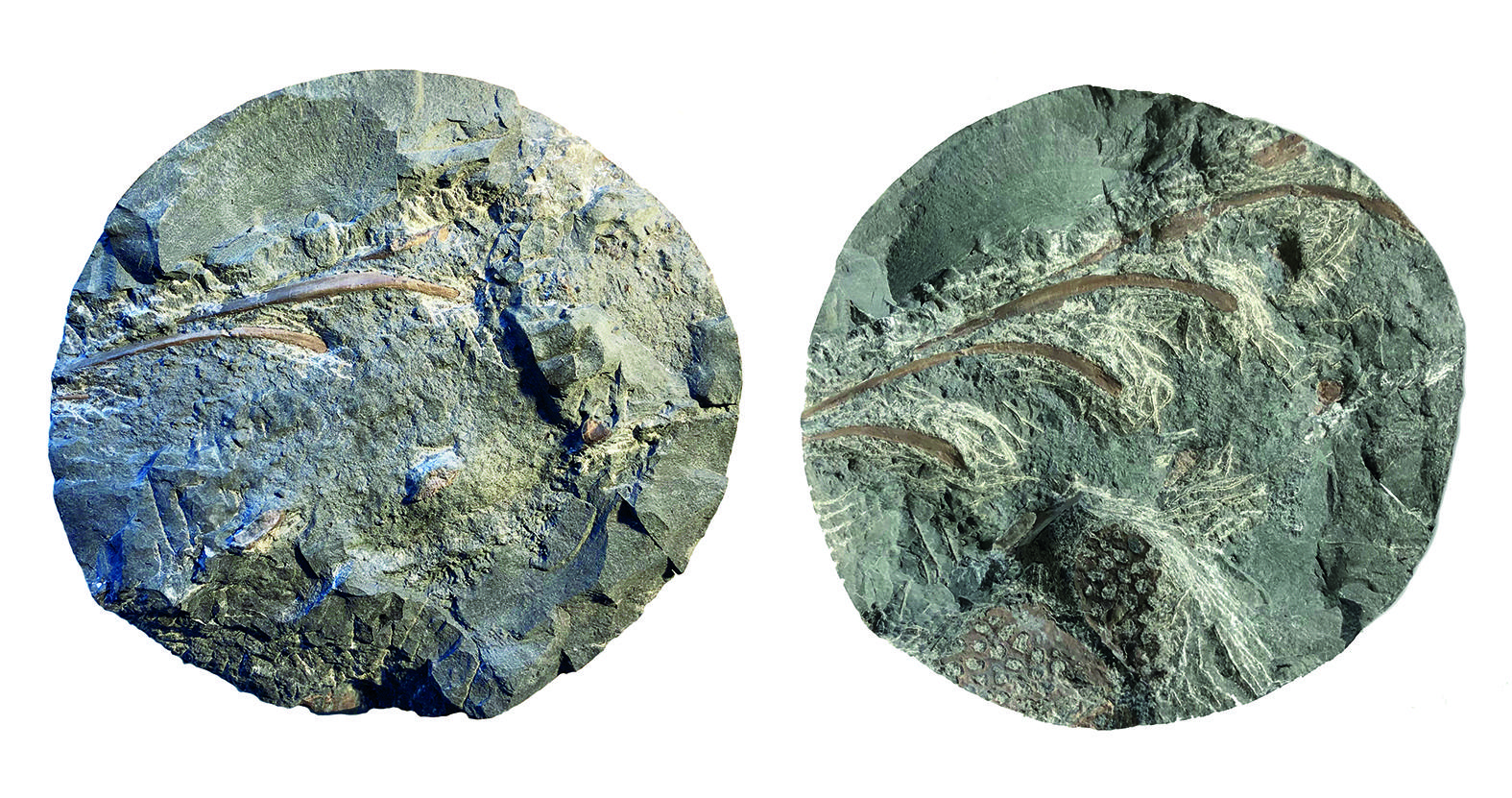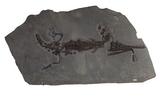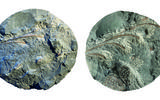The National Cooperative for the Disposal of Radioactive Waste (Nagra) drilled holes throughout northern Switzerland (Jura Ost, Nördlich Lägern and Zürich Nordost) for three years in order to determine a safe repository site for nuclear waste. The yield: more than six kilometres of drilling cores, each as thick as a forearm and approximately one metre long, as Nagra announced last week. Approximately 5,000 of these samples were taken in order to analyse the fossils, minerals, pollen, micro-fractures or trapped water. In the process, the researchers came upon a rare fossil – a pelagosaurus. The first Swiss discovery was identified by palaeontologist Bernhard Hostettler, an employee of the Natural History Museum of Bern.

Bernhard Hostettler, who first noticed that this was a special find?
An external sedimentology group and other experts examined the core before I did; I was told beforehand that there was probably a fish in it. When I inspected the core, I realized from the cross-sections of the bones that it must be a crocodile.
What makes this find so important for Switzerland?
If it is in fact the crocodile Pelagosaurus typus, as I suspect, then it would be the first discovery of its kind in the Swiss Jura region.
How did you go about identifying the bones?
In the cross-section, the main thing I noticed was the armoured plates with the perforated structure on top. Those are characteristic of certain crocodiles. In its present state, I compared the object with a similarly sized specimen of the species.

Exactly how old is the fossil?
The crocodile is around 180 million years old. It comes from the Staffelegg Formation, Rietheim Member, from the “lower shale”.
How did you uncover the bones?
I uncovered the bones using a fine pneumatic graver and a fine sandblasting unit. I used baking powder as a blasting abrasive.
What criteria do you use to decide which places you want to excavate further, and which places you leave as you found them?
The crocodile was completely covered with slate and is also stuck in a concretion. The goal is to uncover as much of the skeleton as possible.

How long did your work on this find take?
So far, about nine and a half hours. The work was temporarily interrupted by COVID. However, it will still be quite some time before it is finished.
Will this fragment be all, or will there be further drilling to bring more parts of the crocodile to light?
This fragment is it. The costs of an excavation would exceed the value of the crocodile several times over.



